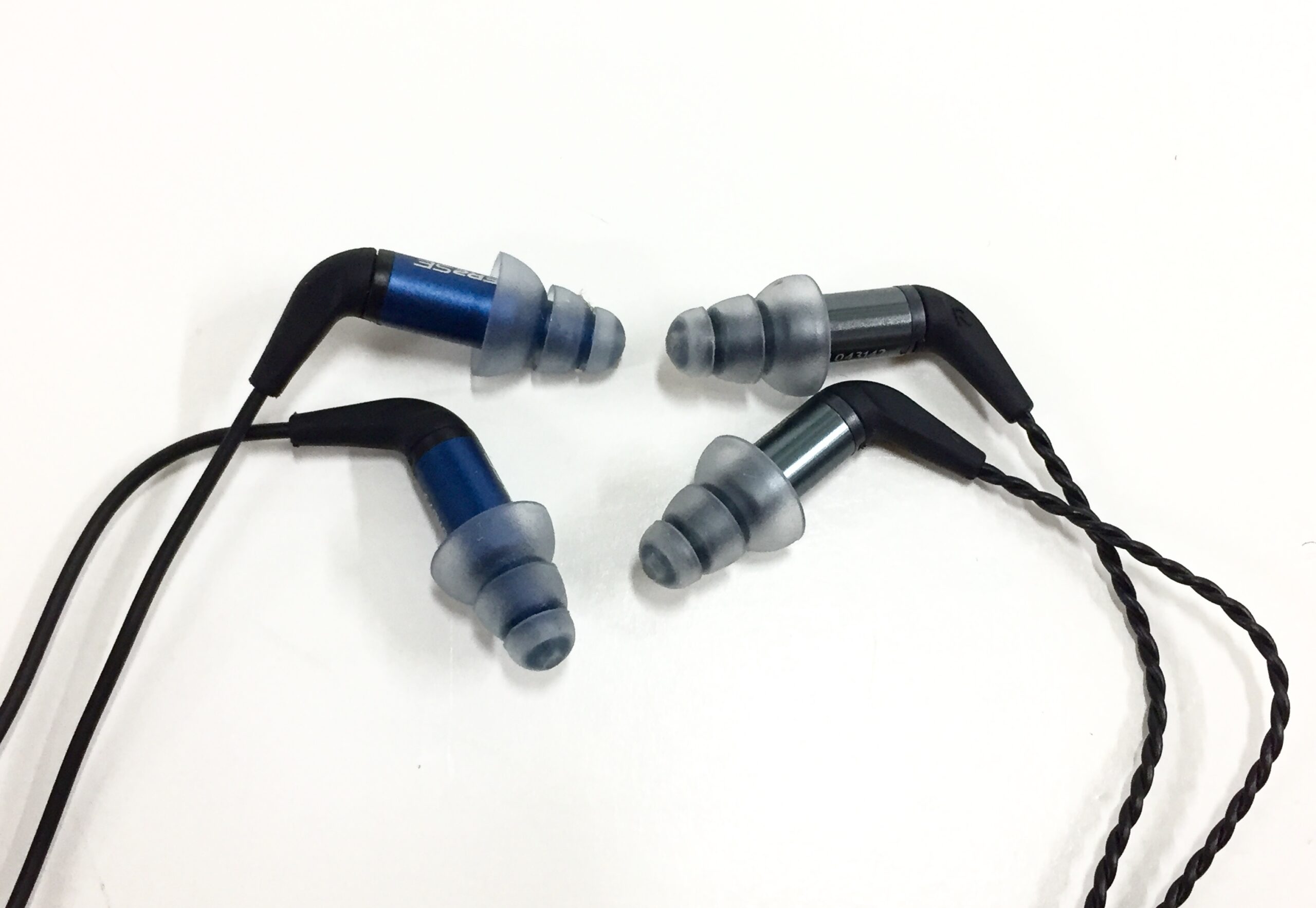Etymotic ER4XR
Retail Price
$349
Lowest Price
$242.04
Release Date
June 2016
The Etymotic ER4XR overall has a heavy-duty build; it is nothing fancy, but is a well-built earphone with good sound quality and impressive features well worth its price.
Purchase Links
Overview
- Value
- Build
- Noise Isolation

lachlanlikesathing

Super* Review
Super* Review
Design/Build/Quality
- Ear Tips
- Design
- Fit
- Build Quality
- Cable
- Build

lachlanlikesathing

Super* Review

Super* Review
Sound Quality
- Sound Isolation
- Accurate Sound
- Bass boost

Super* Review

lachlanlikesathing
Comparison
- Main Differences
- Similarity
- Price
- Performance
- Comparison vs ER2XR
- Comparison vs ER2

The Absolute Sound - Steven Stone

whatisfailure

GiveMeGoldForNoReasn
Design/Build Quality/Feature
- Color
- Design
- Cable Connector
- Ergonomic
- Stress

Sean DEntremont

Sean DEntremont

Sean DEntremont

Sean DEntremont
Sound Quality
- Bass Boost
- Insertion
- Drivers
- Driver-Filter
- Sensitivity/Harmonic Distortion
- Sound Difference
- Frequency
- Performance
- Harmonic Balance
- Soundstage

The Absolute Sound - Steven Stone

The Absolute Sound - Steven Stone

The Absolute Sound - Steven Stone

The Absolute Sound - Steven Stone

The Absolute Sound - Steven Stone

The Absolute Sound - Steven Stone

The Absolute Sound - Steven Stone

The Absolute Sound - Steven Stone
Fit
- Fit
- Triple Flange Tips

The Absolute Sound - Steven Stone
Price
- Price

Super* Review








Comments